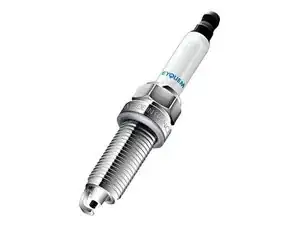
Spark plugs
It was produced to nearly 3 million copies. Replacing the Peugeot 309, it is sold in 5-door from February 18, 1993, as well as in 3-door and diesel versions from the fall of 1993. It was then available as a 4-door and convertible in 1994, then as a station wagon in 1997, until production was discontinued in 2001 (2002 for the station wagon and convertible). The petrol engines available are 1.1, 1.4, 1.6, 1.8, and 2.0 L. The 1.1 engine appeared on certain low-end versions. The 16-valve versions appeared in 1993 on the 2.0 l and 1997 on the 1.8 l. There are also LPG versions. On the diesel side, there are three naturally-aspirated versions (1769 and 1,905 cm3 XUD, then 1868 DW8), as well as a 1.9-liter turbo-diesel with exchanger. In 1999, the 1.9 l turbo-diesel will be replaced by a 2.0 l turbo-diesel HDi with direct injection with common rails. The simple mechanics and the serious manufacturing make the 306 a reference in terms of reliability and longevity. The examples passing the 500 000 km are frequent with a very basic routine maintenance. Consequently, the 306 is still very present on our roads and some spare parts are difficult to find. The main point of fragility is the rear axle on vehicles with high mileage or on vehicles that are immobilized for a long time.